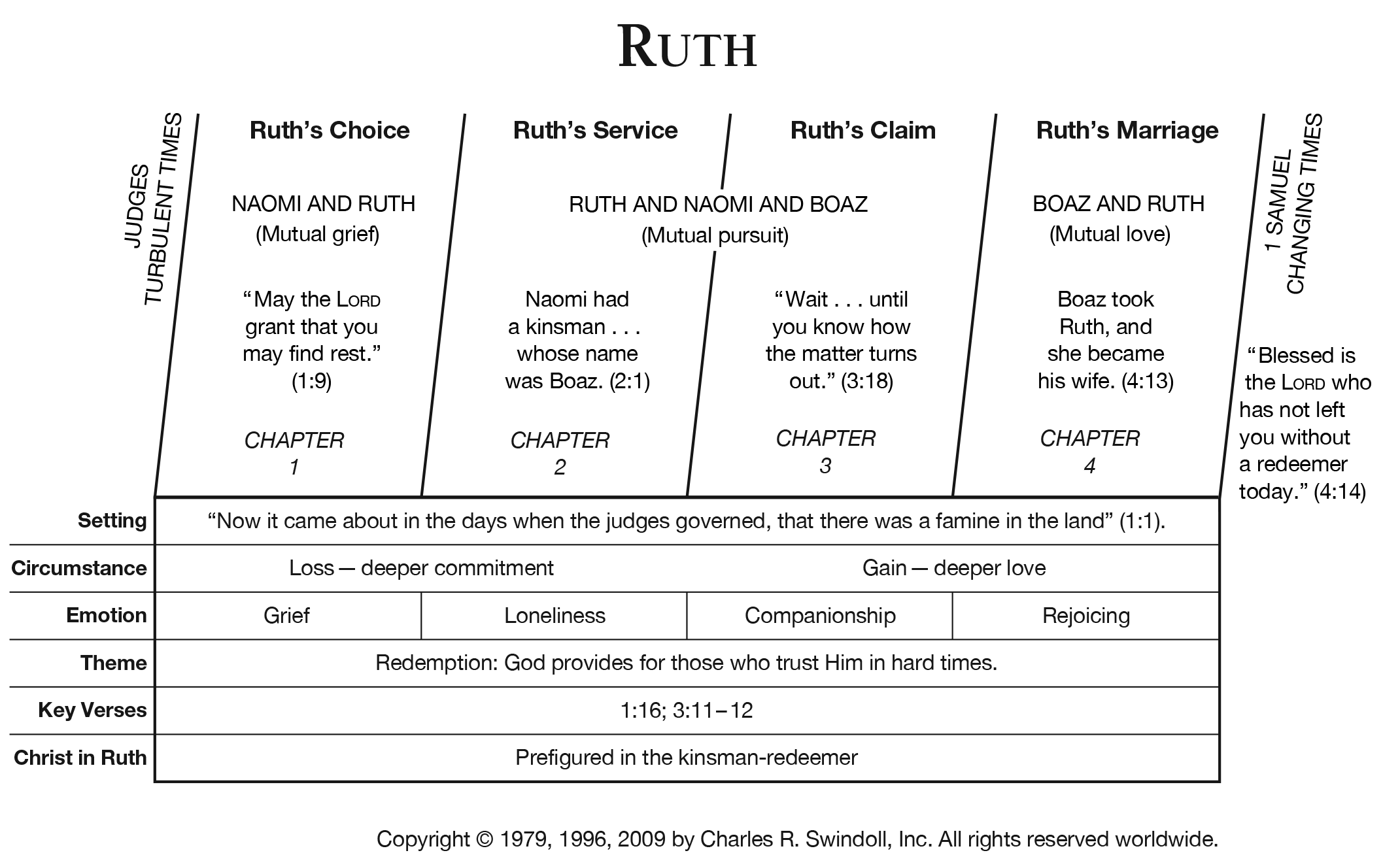

So the full and correct answer to “Is SSL/TLS encryption asymmetric or symmetric?” is “First one, then the other.” What is a “cipher suite”? The session itself uses this single shared key to perform symmetric encryption, and this is what makes a secure connection feasible in actual practice (the overhead is vastly lower). Thus, the public key is used for encryption and the private key for decryption during the handshake only, which allows the two parties to confidentially set up and exchange a newly-created “shared key”. Since asymmetric encryption systems have much higher overhead, they are not usable to provide full-time, real-world security.

The handshake itself uses asymmetric encryption – two separate keys are used, one public and one private. Let’s try to address some common points: Asymmetric vs symmetric encryption Some confusion about how SSL/TLS handshakes work is due to the handshake being only the prelude to the actual, secured session itself. Let’s throw a chart up that shows a broad model of how a TLS handshake works, shall we? You might notice that any dozen descriptions will hew more or less to this format, while differing in detail a dozen different ways – sometimes confusingly so. This all happens in the background, thankfully – every time you direct your browser to a secure site a complex interaction takes place to make sure that your data is safe. It determines what version of SSL/TLS will be used in the session, which cipher suite will encrypt communication, verifies the server (and sometimes also the client), and establishes that a secure connection is in place before transferring data. Different sessions will have different security parametersĪn SSL/TLS handshake is a negotiation between two parties on a network – such as a browser and web server – to establish the details of their connection.Basic vs mutually-authenticated handshake.Let’s Clear Up Some Confusion, If We Can.International Observe the Moon Night is sponsored by NASA’s Lunar Reconnaissance Orbiter mission and the Solar System Exploration Division at NASA’s Goddard Space Flight Center, with many contributors. More About International Observe the Moon Night Inspire continued observation of the Moon, the sky, and the world around us.
/pensandgraphs-56c79f113df78cfb37892cd9.jpg)
Raise awareness of NASA’s lunar science and exploration programs.Įmpower people to learn more about the Moon and space science and exploration, using Earth’s Moon as an accessible entry point.įacilitate sharing of Moon-inspired stories, images, artwork, and more. Provide information, a platform, and resources in order to: Unite people across the globe in a celebration of lunar observation, science, and exploration. Goals of International Observe the Moon Night: However you choose to observe, please follow local guidelines on health and safety. Outdoors, at home, online, or wherever you may be, we’re glad to have you with us. Connect with fellow lunar enthusiasts around the world through our Facebook page, #ObserveTheMoon on your preferred social media platform, and the International Observe the Moon Night Flickr group. Attend or host a virtual or in-person event, or observe the Moon from home. You can join International Observe the Moon Night from wherever you are. A first-quarter Moon offers excellent viewing opportunities along the terminator (the line between night and day), where shadows enhance the Moon’s cratered landscape. International Observe the Moon Night occurs annually in September or October, when the Moon is around first quarter ― a great phase for evening observing. We encourage everyone to interpret “observe” broadly! Everyone on Earth is invited to learn about lunar science and exploration, take part in celestial observations, and honor cultural and personal connections to the Moon. International Observe the Moon Night is a time to come together with fellow Moon enthusiasts and curious people worldwide.


 0 kommentar(er)
0 kommentar(er)
